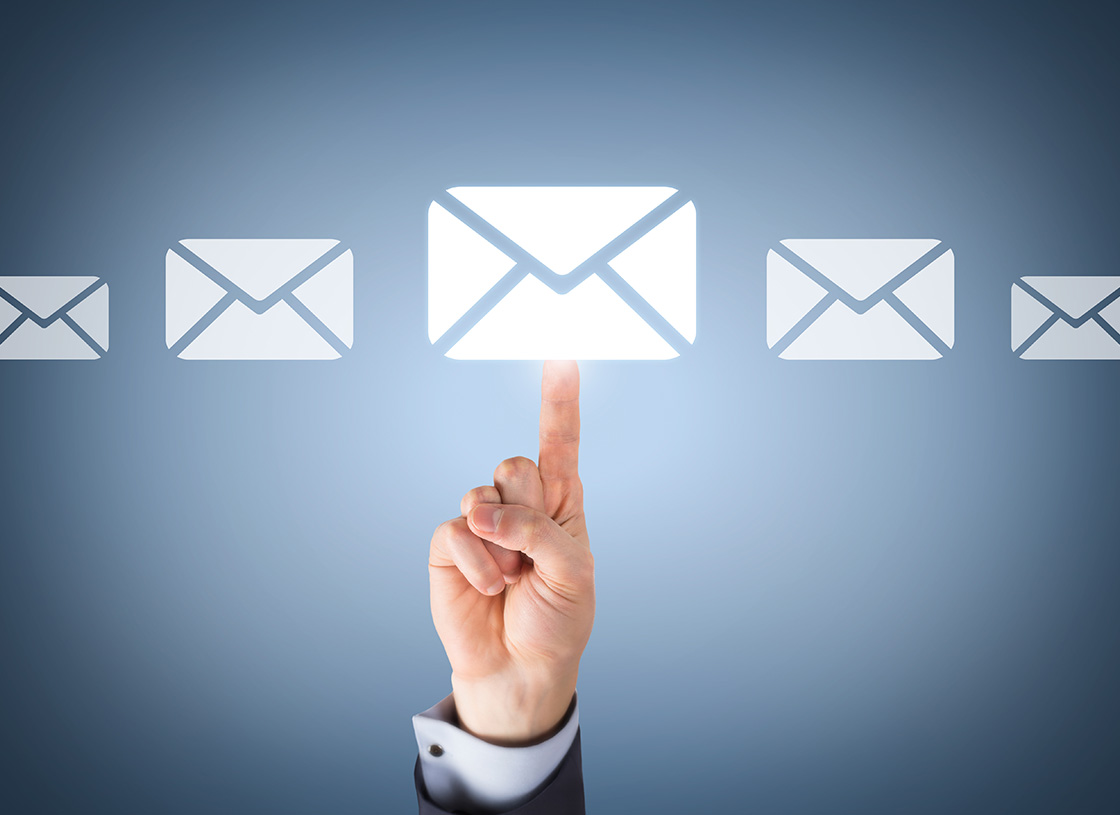Digital marketing not only requires us to learn new web technology processes but also to keep up with updated definitions for age-old terms. Take “tags,” for instance. Businesses have been using tags since shops started hanging prices on their merchandise. But for digital purposes, the idea of a “tag” is more akin to the schoolyard game of tagging someone and saying, “You’re it.”
Tags identify and differentiate. You could be using these in social media where you add a name of a contact to your post – thus identifying the person pictured and enabling their friends to see the same post. In email marketing, tags go together with list segmentation, and they help you communicate more effectively with your audience.
Your email list may have one thing in common (they’re on your list), but beyond that, each name represents different needs at different times. While there are reasons to communicate to your whole list in one email blast (such as e-newsletters, all-purpose offers and seasonal info), at other times, segmentation allows you to provide more relevant information to a portion of your audience that is more likely to be interested.
As you differentiate your groups, tags take it a step further by storing personal content that you can use in these targeted email campaigns. Different email service providers use variations of this term (tags, merge tags, variable tags), and these various services use code to allow you to personalize an email based on the personal records in your email program.
This is how you get email reminders for car service, physician visits, pet appointments, dental care, follow-up surveys and so forth – based on the schedule of your own last visit (not just at a time when the business decides to send out a blanket email). For contractors, tags would let you know when someone has a system installation anniversary and it’s time to promote a tune-up – or even a replacement some years down the line.
Plus, personalization tags let you include names in a subject line, for example, which has been shown to improve open rates. Similarly, you can use a tag to personalize the content for different contacts.
Tags are also useful when reviewing your analytics reports and enable you to fine-tune messages and offers. If you see that someone didn’t open an email, you can get back in front of them. You can tag those who didn’t open, tweak the subject line and resend. Or if someone opened but didn’t click, you can change your call to action. You could also send two versions of the same email to a test group, see which message performed better and choose the better-performing version for the rest of your list.
Some organizations use tags to clean up their list. You can send a friendly email saying, “It looks like our emails haven’t caught your attention lately.” Then you simply ask if they’d like to update their subscription while explaining reasons you hope they’ll stay. The tag is also part of a nurtured email series, where someone requests information through website form, and you drip out timely, relevant information that leads them toward an action.

